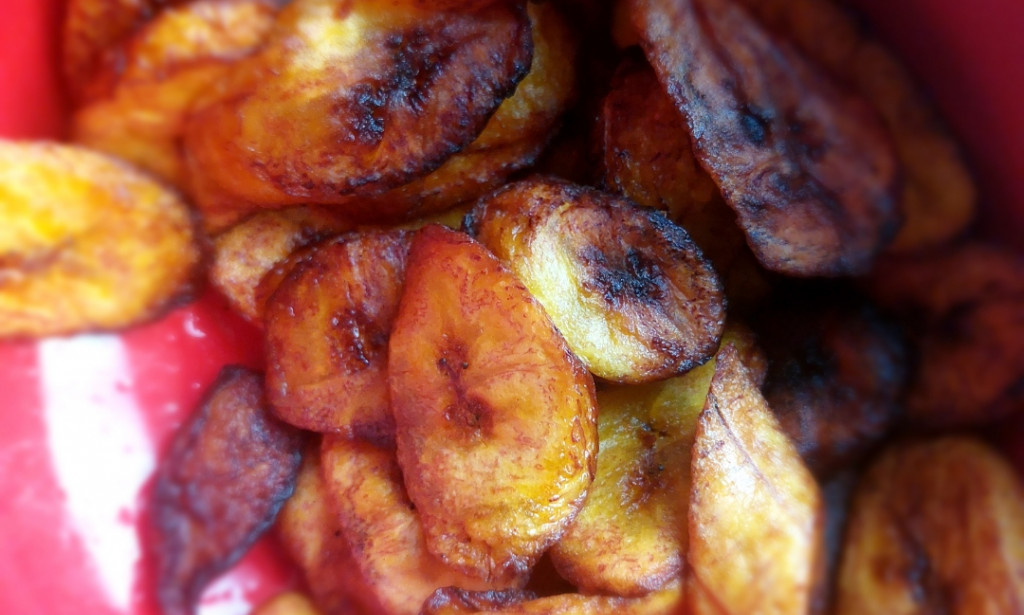I had good day and bad days. June 7th is the good day I opted for, because at that day, I ate meat, vegetable and wheat. It is very balanced. June 6th is the bad day I opted for, because I did not eat vegetable that day. On good day, my diet intakes were as follows; calories-37%, protein-86%, fat-38%, fiber-28%, vitamin A-15.8%, vitamin C-4% and calcium 13.2%. My intake on bad day were as follows; calories-41%, protein-92%, fat-63.8 percent, fiber-44%, Vitamin A-10.4%, Vitamin C-36% and calcium-7.8%. My fiber intake each day is 11g. I did not meet the fiber recommendation because the recommendation is 25g each day. Considering that dairy product are the main source of calcium in many diets, when my calcium intake is compared with my dairy consumption, it is evident that my calcium intake is consistent with my dairy intake because in the good day, I ate oatmeal with milk. So the percentage is match My Plate percentage (Insel, Turner, and Ross, 2007). In the bad day, I just put some cream in the coffee, it also match the percentage. If I compare my intake for protein with my consumption of beans and meat, considering that the two are the major source of protein, I realize that the percentage does not match in the bad day. This could be because there is some food that is not count to protein.
There are various tips and information that I learnt throughout the term. For instance, Dietary fiber, especially found in vegetables, fruits, legumes and whole grains, helps maintain bowel regularity. Eating unrefined carbohydrates assist in meeting your daily needs nutrients to maintain your overall

You must be logged in to post a comment.